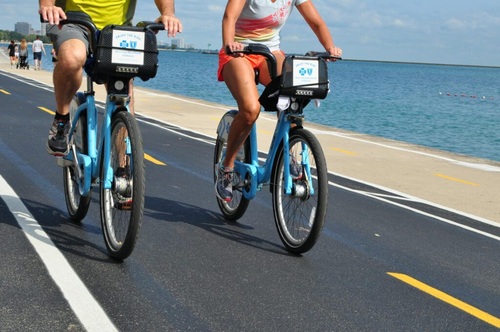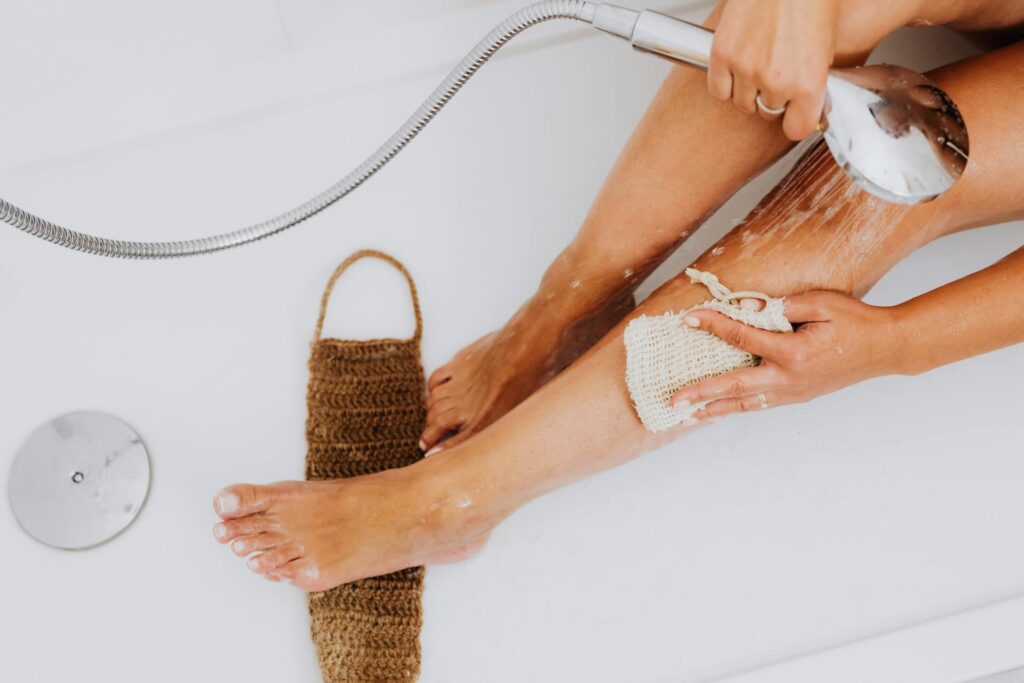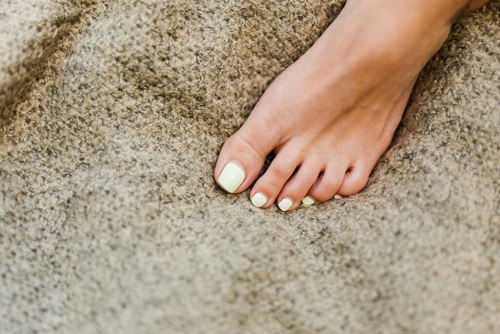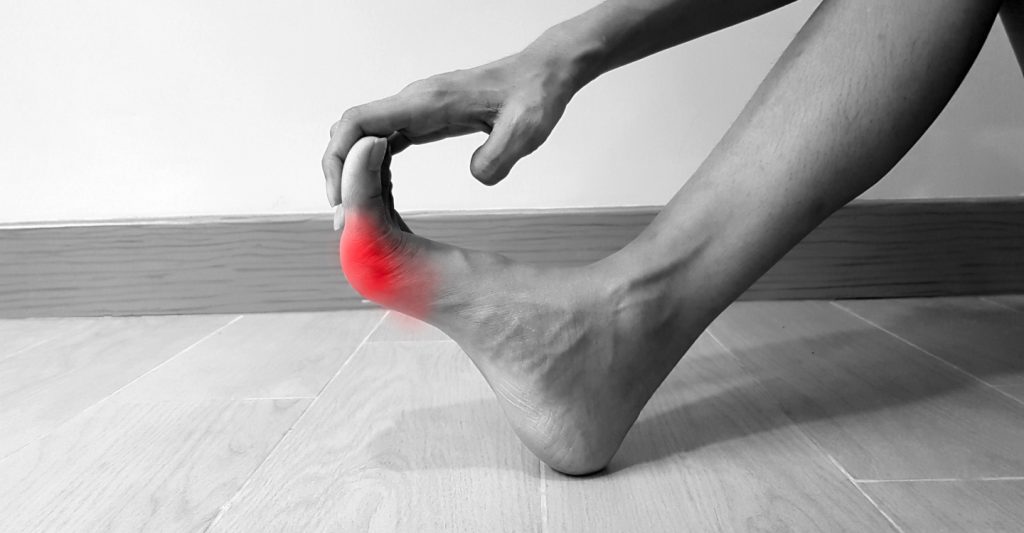
A perfectly stuck landing from a high-flying gymnastics move. The nearly-superhuman speed at which a sprinter’s feet propel her down the track. The calculated, volatile motions of a tennis pro’s footwork. Though these are all things you’ll see prominently displayed as you watch this summer’s Olympic Games, the bunions, foot injuries, pain, and ankle issues that can accompany them often go unnoticed. During the London Olympics, attention will be rightly paid to the impressive athletic feats of many intrepid competitors, but few words will be said about preventing foot injuries and the pain that many endure to achieve them.
These athletes spend countless hours on their feet, preparing for and competing in the Games. According to the American College of Foot and Ankle Surgeons (ACFAS), this kind of stress can be enough to spell foot and ankle injuries for anyone—including the most highly-trained and dedicated Olympic competitor.
The Olympic Games: A Pain in the Foot
Canadian trampolinist Jason Burnett and American gymnasts McKayla Maroney and Chellsie Memmel are among the many athletes who have already suffered from foot and ankle injuries at this year’s Games, but foot problems are a threat to any athlete. Plantar fasciitis, which causes serious pain and inflammation along the heel and bottom of the foot, is a common ailment for anyone who spends long periods of time on their feet. This condition, along with Lisfranc (midfoot) injuries, ankle sprains, and stress fractures, can make it difficult for an athlete to bounce back to a higher activity level quickly enough to stay competitive.
Plantar fasciitis and other foot injuries are typically treated with rest and immobilization, but this is a luxury that Olympic athletes typically don’t have. Still, the ACFAS has suggested a few different strategies that can help all athletes in preventing foot injuries and stay at the top of their game. Here are the top four:
- Always wear supportive shoes. Plantar fasciitis is frequently caused by shoes that don’t offer full arch support or heel cushioning, making good shoes your best tool in circumventing foot pain. Shoes that fit poorly or are too tight may also lead to bunions or a neuroma, which is the thickening of nerve tissue. If you’re planning on engaging in any strenuous physical activity, be sure to wear a well-fitting shoe designed to offer the support and cushioning you need.
- Don’t put more stress on an injury. Some foot and ankle injuries take days to show themselves, usually in the form of bruising or swelling. If you think you may have hurt your foot, don’t push it. Though Olympians may feel compelled to power through the pain to stay in the competition, you’ll risk worse injury if you do the same.
- Stretch after warming up. A good warm-up is important for any workout, but so is getting your muscles stretched and ready to go. This will increase the blood flow to your muscles and your flexibility, helping you avoid injury. You should also stretch after any physical activity.
- Remember RICE. If you get a foot or ankle injury, remember to care for your injury with four things: Rest, Ice, Compression, and Elevation. Of course, these treatments help in preventing foot injuries, however, they should never be used in lieu of seeing your local foot and ankle surgeon—if you have a serious injury, you should always seek medical treatment.
We can learn more from Olympians than just their stalwart resolve and a focus on physical fitness. Olympians put more stress on their feet than anyone else, but everyone needs to take care to avoid the painful foot and ankle issues that can come from physical activity.







